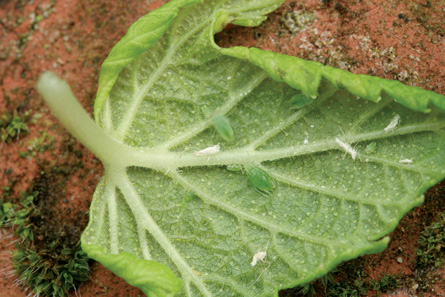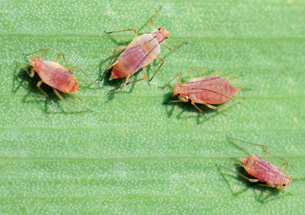Module 5
1. Module 5
1.3. Lesson 1
Module 5—Cell Division: The Processes of Mitosis and Meiosis
Lesson 1—Cell Division and Chromosomes

© hazel proudlove/iStockphoto
 Get Focused
Get Focused
cell cycle: the period of time between one cell division and the next; consists of interphase, mitosis, and cytokinesis
mitosis: cell division that results in identical cells; used for growth and repair of organisms
meiosis: cell division that results in cells that have half the normal chromosome number (haploid gametes); also called reduction division
chromosome: a thick, rod-shaped body in the nucleus that forms when chromatin (long, stringy DNA) supercoils around balls of histone proteins in prophase of mitosis and meiosis
genetic material: DNA; contains the genes that direct the synthesis of proteins needed by the cell; exists as chromatin or chromosomes
cell division: the period of the cell cycle where the cell is actively dividing; composed of mitosis and cytokinesis stages
Life is about cycles. At the cellular level, the cell cycle involves reproducing identical cells through mitosis, which results either in the replacement of cells or the growth of a structure. At the organism level, mitosis can also produce identical cells, resulting in more offspring. Organisms with variations are produced through another type of cell cycle called meiosis. The similarities and differences in the offspring can be explained by examining chromosomes.
As far as the human race is concerned, genetic material from both the male and female are necessary to create a new human being. The inheritance of characteristics of either parent continues through the cycle of cellular division and reproduction. The human reproductive cycle is a strictly sexual affair.
Sometimes in nature, reproduction can be rather diversified and unique. Aphids, for example, all hatch out of their eggs as females. Perhaps more alarming is the fact that they already have live nymph aphids developing inside them. These too will be born female and pregnant. Very quickly, aphids can dominate a crop and cause serious economic damage. This sounds like a winning reproductive strategy. Why have males? However, the aphid’s tale is not over. In the fall, the cycle changes and males are born. They mate with females and produce eggs that will hatch over winter. Why the change? Why would aphids go through all the trouble of changing strategies just when conditions are getting tougher?
In this lesson you will identify the types of cellular division and reproduction, and understand the function and purpose of each. You will be able to recognize the structures within the cell that carry genetic information. You will learn about the significance of chromosome number in cells, and learn how to read a picture of human chromosomes.
In this lesson the following focusing questions will be examined:
- What kinds of cell division exist and when do they occur?
- What are the structures that pass genetic information on to the next generation, and how are they observed?
 Module 5: Lesson 1 Assignment
Module 5: Lesson 1 Assignment

© Nancy Nehring /iStockphoto
Your teacher-marked Module 5: Lesson 1 Assignment requires you to submit a response to a lab on human karyotype for assessment. You may choose to do Option A or Option B for this lab.
Download a copy of the Module 5: Lesson 1 Assignment to your computer now. You will receive further instructions on how to complete this assignment later in the lesson.
You must decide what to do with the questions that are not marked by the teacher.
Remember that these questions provide you with the practice and feedback that you need to successfully complete this course. You should respond to all of the questions and place those answers in your course folder.
karyotype: a pictorial representation of all the chromosomes of a cell arranged in homologous pairs according to size, centromere position, and banding pattern; used to diagnose abnormalities in chromosome number (non-disjunction) and to determine sex chromosomes
Required Materials and Equipment
- scissors, glue, and tape
- speakers or headset for audio